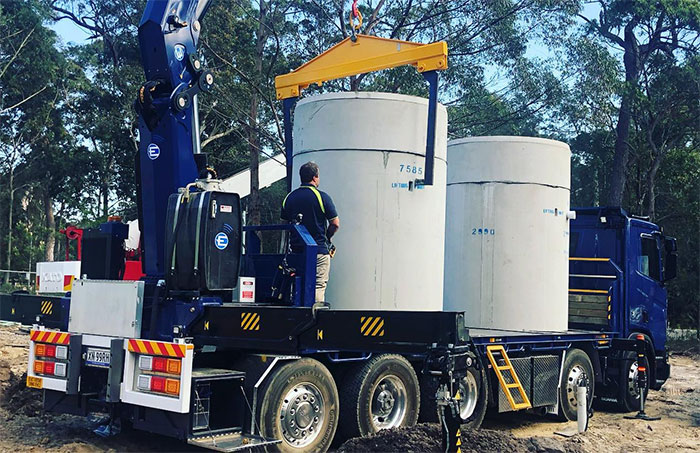BASIX (Building Sustainability Index)
To ensure that new homes are being built to be more energy efficient and water efficient the BASIX – Building Sustainability Index has been put in place. The BASIX sets out clear sustainable housing targets for all new homes built in New South Wales. The aim is to set water reduction targets and reduce greenhouse gas emissions. It is now a requirement of the New South Wales Government that all new housing developments submit a BASIX certificate. This certificate should be submitted to your local council during the design phase of the development.
This is a simple online tool that can be used by either your builder or yourself. Relevant data about your new unit or house is placed into the tool, and then the BASIX analyses the information to determine how it scores against water and energy targets. The design of your building MUST pass specific targets before a certificate can be issued.
Since this initiative began, the department has been monitoring 100 BASIX compliant homes. Of these houses, when it came to inground water tanks, it was determined that every one of those 100 homes had a water tank. The average size of these water tanks was 4,000 litres, with this water plumbed into the toilet and laundry, and also provided water for the garden.
BASIX is one of the strongest sustainable planning measures to be undertaken in Australia, it aims to deliver effective water and greenhouse gas reductions across the state and is an integrated part of the planning system, and it applies to all residential dwellings.
For the homeowner BASIX reduces water and electricity consumption, providing not only a valuable long-term financial saving for the homeowner it’s also a valuable contribution to the sustainable future of local communities.
BASIX encourages homeowners to reduce their energy use and greenhouse gas emissions by:
- Hot water systems – reduce the demand for hot water and meet that demand using less greenhouse-gas-intensive heaters.
- Heating and cooling – reduce demand by using less greenhouse-gas-intensive heating and cooling systems.
- Ventilation and exhaust – use natural ventilation and reduce the operation of mechanical ventilation
- Lighting – by using natural lighting and energy-efficient lighting
- Pools and spas – choosing less greenhouse-gas-intensive water heating and pumping
- Alternative energy sources – such as wind turbines, cogeneration and photovoltaics.
On July 1, 2017, the energy targets for units and houses increased along with changes to the energy settings for thermal comfort, heating and cooling. Generally, the energy targets for homes and low-rise units has increased by 10 per cent and by 5 per cent for mid and high-rise units. These changes were announced in October 2016 by the Minister for the Environment. This is part of a plan to reduce energy bills faced by homes in New South Wales while ensuring NSW remains a leader in delivering energy efficient housing.
Read Also:
Is an Inground Water Tank Safe?





